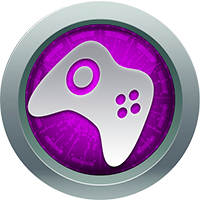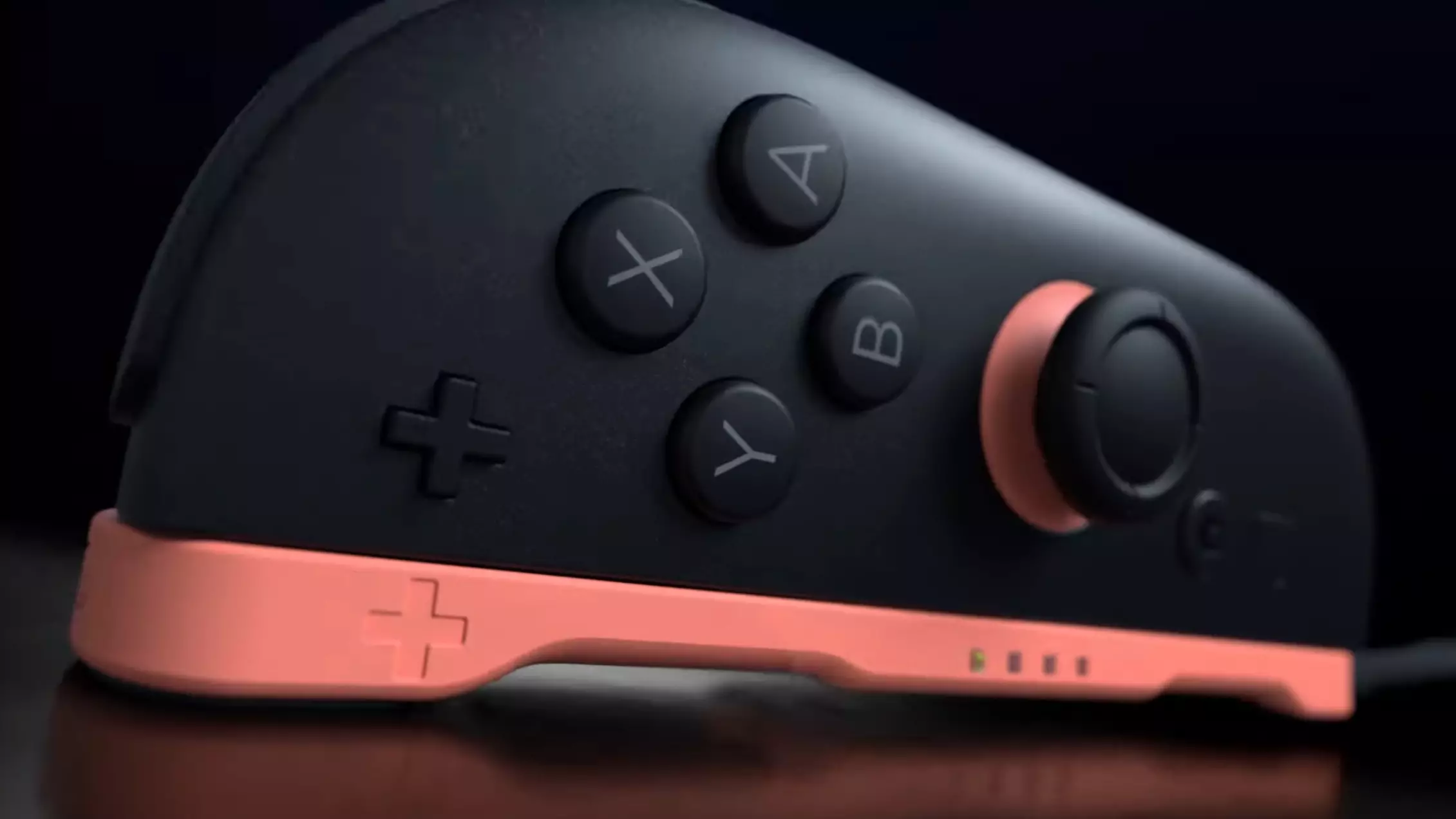Nintendo has never shied away from rethinking the way we interact with our games and consoles, and the latest iteration, the Nintendo Switch 2, serves as a testament to this legacy. The integration of mouse controls for the Joy-Con is a daring move that evokes a mix of excitement and skepticism in the gaming community. Designed for seamless engagement, the Joy-Con mouse controls are pitched as a way to enhance the user experience, particularly for strategy games like Civilization or precise shooters like Metroid Prime 4: Beyond. However, the reality of actual usage appears muddied, overshadowed by an awkward implementation that begs further scrutiny.
Design Limitations and User Interface Dilemmas
At the core of the switch’s design ethos lies minimalism—an approach that has undoubtedly struck a chord with users. The home menu features an interface that is deceptively simple, with a limited number of icons. This leads to an intuitive navigation experience, yet it raises significant questions about the practicality of mouse controls in the algorithmically refined context of a console UI. Although using a mouse might sound appealing for those used to PC gaming, is it truly necessary for a sleek, icon-driven interface where buttons have proven effective? The assertion that a mouse could offer efficiency seems questionable when measured against the minimalist backdrop of Nintendo’s design principles.
While the concept has merit, the implementation leaves much to be desired. A recent video released by Nintendo showcased how to engage with these mouse controls, yet the execution appeared less than optimal. Observers noted a disconcerting lag between the mouse movement and the on-screen cursor, creating an almost jarring user experience that contradicts the seamless interaction one would expect from a gaming giant. If Nintendo’s aim is to elevate the Joy-Con experience, launching these controls in such a lackluster manner significantly undermines their potential impact.
Technical Execution: A Call for Refinement
The mouse controls showcase the astounding possibilities that technology can offer, yet their current design raises eyebrows. Several viewers have noted that although the mouse movement is demonstrated, the visual experience lacks coherence. The video’s cursor movements exhibit a notable lag, suggesting a less-than-smooth integration of what should be an intuitive system. Such execution errors risk undermining the entire proposition. If the goal was to convince players that this is an innovative addition to their gaming arsenal, the reliance on a poorly crafted demonstration sends contradictory messages.
In addition, the user is required to prepare a flat surface to utilize these mouse controls effectively. This adds an unsettling layer of complexity for a console that prides itself on versatility and mobility. Imagine a user sprawled comfortably on their couch, having to reach for a table just to engage with their device—this is in stark contrast to how one would typically expect to interact with a console. While adapting to new interaction modalities can be refreshing, it shouldn’t come at the cost of user convenience.
Is the Mouse an Unnecessary Addition?
Critics question the necessity of mouse controls in a console environment where traditional inputs remain sufficient. The Nintendo Switch 2 has thrived on its innovative gameplay mechanics, and the assumption that users would want to swap between traditional controls and mouse functionality needs reevaluation. In gaming, particularly with consoles, players often favor tactile engagements—pressing buttons and utilizing analog sticks—over shifting equipment or modes of input.
Nonetheless, there remains a segment of the population that could benefit from such functionality, particularly gamers who navigate intricate menus and screens. The potential for casual couch-surfing users to explore various controls evokes a sense of excitement. However, if Nintendo hopes to enhance the user experience meaningfully, they must elevate the quality of execution for this new feature and ensure users can reap its rewards without the stumbling blocks of poor implementation.
Nintendo’s Next Steps: Expectations and Hope
The gaming community has come to expect transformative updates from Nintendo, and as the company rolls out new features, the scrutiny will undoubtedly intensify. The mouse controls on the Joy-Con present an opportunity to elevate the gameplay experience, yet they must be refined and showcased in a manner that resonates with the core user base. With an eye toward quality and refinement, Nintendo stands at a crossroads. The potential is there, but execution will determine whether this feature becomes a celebrated milestone or merely a footnote in the ongoing evolution of gaming.

